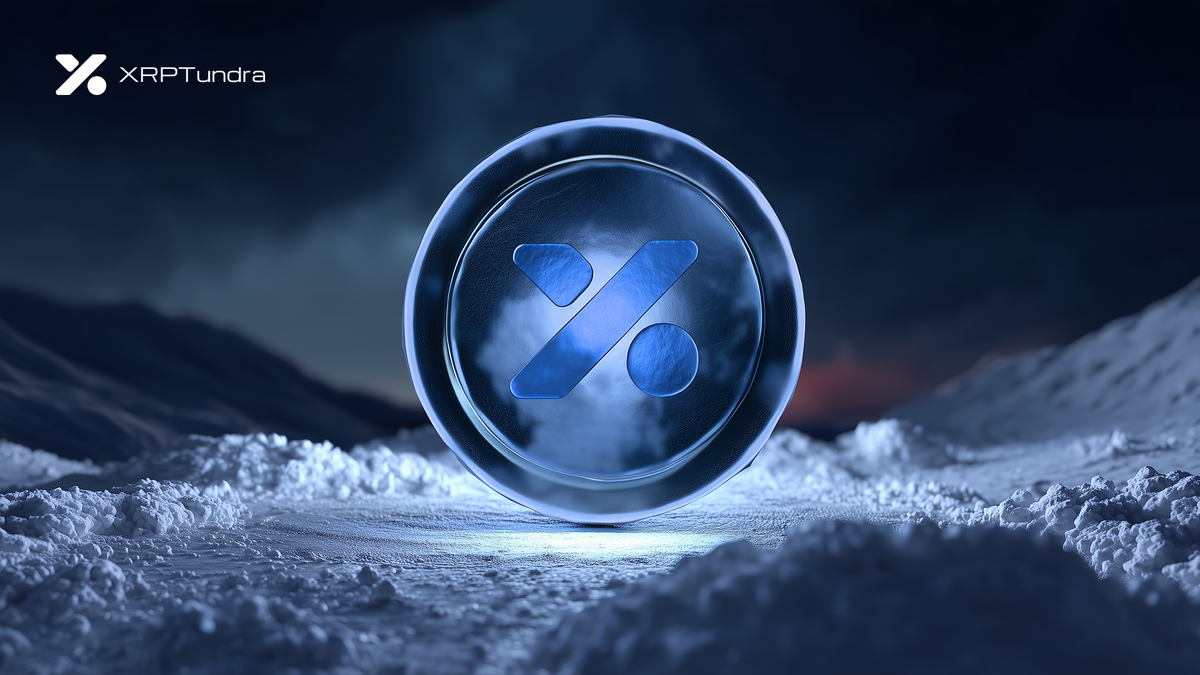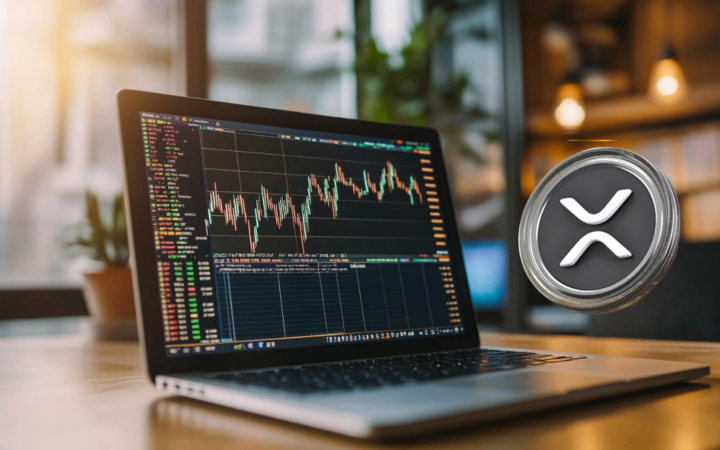
XRP Tundra’s Innovation Shines as Market Liquidations Swing Between Euphoria and Panic

Cryptocurrency markets are no strangers to extreme volatility, and few events capture it better than the September 22 liquidation cascade that wiped out more than $314 million in open positions within just one hour. Although the episode is several months old, it remains a defining reminder of how quickly excessive leverage can destabilize an entire sector.
XRP Tundra’s emergence as a verifiable, non-leveraged DeFi ecosystem highlights the shift away from high-risk trading toward sustainable, transparent yield generation. While leveraged markets continue to swing between euphoria and panic, Tundra’s dual-chain architecture and security-first design are demonstrating what stability in decentralized finance looks like.
The $314 Million Lesson in Market Leverage
On September 22, liquidation data showed $314 million worth of crypto positions erased within 60 minutes – $309.65 million from longs alone. According to liquidation maps published at the time, the heaviest losses came from ETH ($112.7M), followed by BTC ($50.1M), DOGE ($18.4M), SOL ($15.1M), and XRP ($12.75M). The wave highlighted how quickly speculative leverage can unwind once momentum turns.

Analysts noted that the market had become overexposed after a series of bullish rallies. When prices faltered, margin calls and forced sales created a chain reaction across major exchanges. Long traders, who had borrowed heavily against their holdings, were liquidated at scale. The result was a $300M-plus reset that temporarily drained liquidity from multiple networks.
Such events illustrate the systemic weakness of over-leveraged DeFi systems. Without structural safeguards, market participants remain vulnerable to the same liquidation spirals that have punctuated every major crypto correction. XRP Tundra was built in part as a response to that instability – creating yield without dependency on margin, leverage, or speculative financing.
XRP Tundra’s Model Avoids the Leverage Trap
At the heart of XRP Tundra’s approach is a rejection of leverage in favor of verifiable value generation. Its Cryo Vaultsystem enables users to stake tokens in controlled vaults that generate transparent, on-chain yield – up to 30% APY depending on lock duration. The model rewards commitment and stability, not speculative borrowing.
Each Cryo Vault operates through immutable smart contracts, ensuring that staking rules and reward distributions cannot be modified once deployed. The system allows participants to choose lock periods (7, 30, 60, or 90 days), aligning incentives with long-term liquidity sustainability rather than short-term trading pressure.
This infrastructure is reinforced by GlacierChain, XRP Tundra’s Layer-2 network on the XRP Ledger. GlacierChain synchronizes data between Solana and XRPL, creating a verifiable environment for transactions, staking rewards, and governance actions. Unlike margin-based systems, every yield calculation and token movement is visible to the public – offering proof instead of promises.
DAMM V2 Protects Liquidity from Shock Events
Volatility management remains another critical area where Tundra diverges from traditional DeFi models. The project has adopted Meteora’s DAMM V2 liquidity protocol for its Solana-based TUNDRA-S token, integrating dynamic fee mechanics that automatically adjust during high-volume trading periods.
When a liquidity pool launches, DAMM V2 initiates with elevated trading fees – sometimes as high as 50% – that decrease gradually over time. This exponential schedule prevents bots and early sellers from manipulating prices, allowing organic market discovery. As trading normalizes, fees taper down to standard levels (typically near 0.25%), providing efficient yet secure liquidity conditions.

This design protects long-term participants from the very conditions that trigger liquidation cascades in leveraged markets. Even during volatility spikes, DAMM V2 maintains controlled price ranges and rewards liquidity providers through collected fees, which are later distributed into Cryo Vault staking rewards.
Recent coverage from Crypto Infinity explored how Tundra’s liquidity framework reduces exposure to automated dump cycles that have destabilized many tokens after launch. The project’s technical structure effectively transforms liquidity from a speculative threat into a verifiable stabilizer.
Verified Foundations Keep Investors Confident
While Bitcoin traders grappled with the aftermath of leverage-driven liquidations, XRP Tundra’s emphasis on audit transparency has helped attract sustained community participation. The project’s Phase 10 presale continues at $0.158 for TUNDRA-S (with a 10% bonus) and $0.079 reference for TUNDRA-X, its governance counterpart on the XRP Ledger. Listing prices are confirmed at $2.5 and $1.25, respectively, and total presale proceeds have exceeded $2.5 million.
Every component of the ecosystem is verifiable. Independent assessments from Cyberscope, SolidProof, and FreshCoins confirmed secure ownership parameters, immutable contracts, and capped fee structures. The team’s identity verification through Vital Block KYC adds another layer of credibility, aligning the project with institutional compliance practices uncommon in most presales.
For investors checking is XRP Tundra legit, the audit trail and KYC documentation provide tangible proof of trust. It’s a model that prioritizes transparency and verifiability over volatility and leverage – a notable departure from the structures that led to the $314M liquidation spiral still remembered across the market.

When leveraged markets collapse, verified ecosystems endure. XRP Tundra’s audited architecture delivers a predictable yield without liquidation risk. Secure your Phase 10 allocation today.
- Buy Tundra Now: official website
- How To Buy Tundra: step-by-step guide
- Security and Trust: Cyberscope audit
- Join the Community: X (Twitter)
Disclaimer: This publication is sponsored. Coinspeaker does not endorse or assume responsibility for the content, accuracy, quality, advertising, products, or other materials on this web page. Readers are advised to conduct their own research before engaging with any company mentioned. Please note that the featured information is not intended as, and shall not be understood or construed as legal, tax, investment, financial, or other advice. Nothing contained on this web page constitutes a solicitation, recommendation, endorsement, or offer by Coinspeaker or any third party service provider to buy or sell any cryptoassets or other financial instruments. Crypto assets are a high-risk investment. You should consider whether you understand the possibility of losing money due to leverage. None of the material should be considered as investment advice. Coinspeaker shall not be held liable, directly or indirectly, for any damages or losses arising from the use or reliance on any content, goods, or services featured on this web page.




